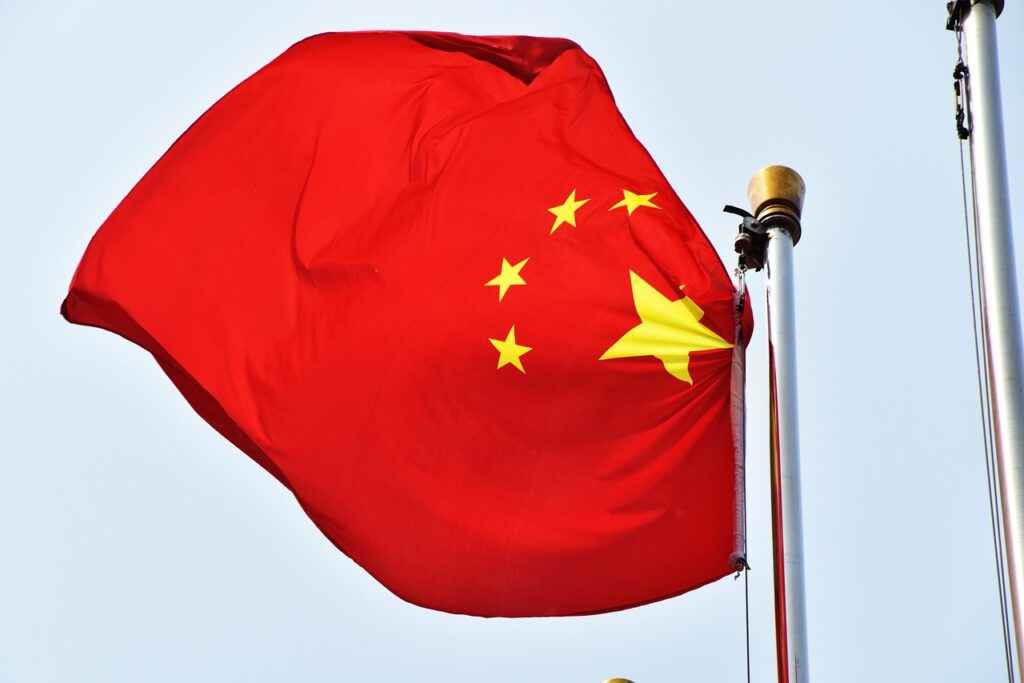With a sharp decrease in the cost of electrolyzers (averaging three to five times less than the global average), China’s push for hydrogen echoes its past dominance in photovoltaic solar technology.
Yet, the journey from solar triumph to hydrogen leadership stands on a more complex terrain, as the distinct paths of these industries unfold. Whereas solar photovoltaic modules rapidly became cost-competitive and dominated global markets, the intricacies of electrolyzer technology and differing policy environments indicate a more challenging road for hydrogen.
Manufacturing Innovation and Government Support
China’s manufacturing prowess is evident in the rapid cost reductions achieved in alkaline electrolyzers. Capable government-led initiatives have significantly reduced costs, aligning the development of hydrogen technology as a strategic priority within China’s broader industrial policy. However, supportive policies alone may not guarantee further significant reductions, which are crucial for competing on a global scale. This underlines the complexity inherent in hydrogen technology, particularly the divergent learning curves for alkaline and proton exchange membrane (PEM) electrolyzers. Unlike the standardized, manufacturing-focused approach that facilitated rapid scalability in solar PV, electrolyzer development involves intricate system components, each with distinct learning curves.
Solar and Hydrogen Encouragement Policies
China’s solar industry growth was initially propelled by exports and benefited from foreign technology transfers in a then-open international environment. In contrast, the hydrogen strategy is predominantly domestic, aiming to leverage low-cost energy inputs. The domestic orientation is more apparent in the government’s designation of hydrogen as a ‘strategic emerging industry’ within the decarbonization agenda. This has resulted in prioritizing the hydrogen economy in national economic development plans, suggesting a path focused more on self-sufficiency than international expansion.
Global Energy Landscape
The path for Chinese electrolyzers is further complicated by potential global challenges, such as protectionist policies and overcapacity issues, which could hinder exports. While Chinese manufacturers have shown competence and increasing interest in exporting alkaline electrolyzers, the international market dynamics differ significantly today compared to the era of solar PV expansion.
Moreover, the complexity of PEM electrolyzers presents challenges in achieving the same level of cost declines observed in solar PV. This complexity, combined with slower learning rates and distinct applications, such as vehicular fuel cells, makes large-scale adoption and cost reduction more challenging.
China’s current hydrogen development plan, despite vast potential, focuses on domestic deployment and market stabilization rather than aggressive international market penetration. As such, while parallels with the solar industry abound, they may not accurately predict the trajectory for hydrogen.
While significant progress in cost reduction has been achieved within China’s hydrogen sector, largely driven by alkaline electrolyzers, broader global leadership will require overcoming distinct technical and geopolitical challenges that solar PV did not face. Moving forward, China’s strategy seems to be cautiously optimistic, focusing first on domestic success before potentially replicating a similar model internationally.





